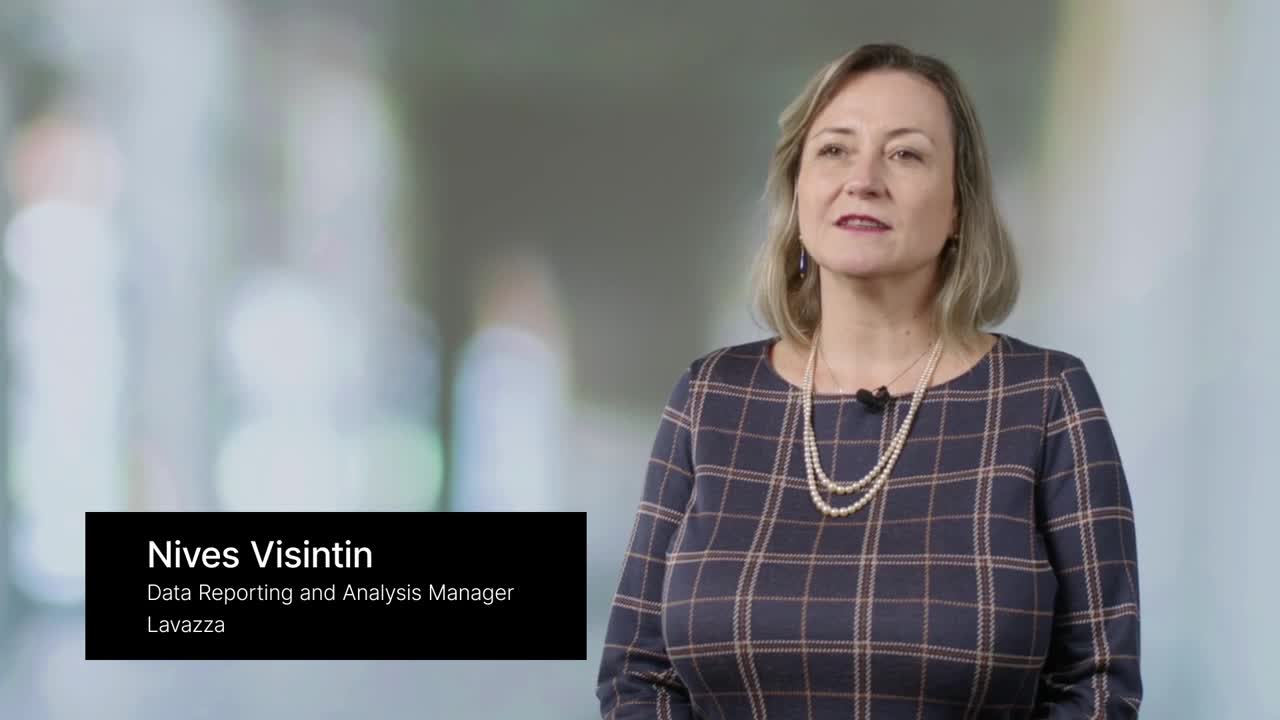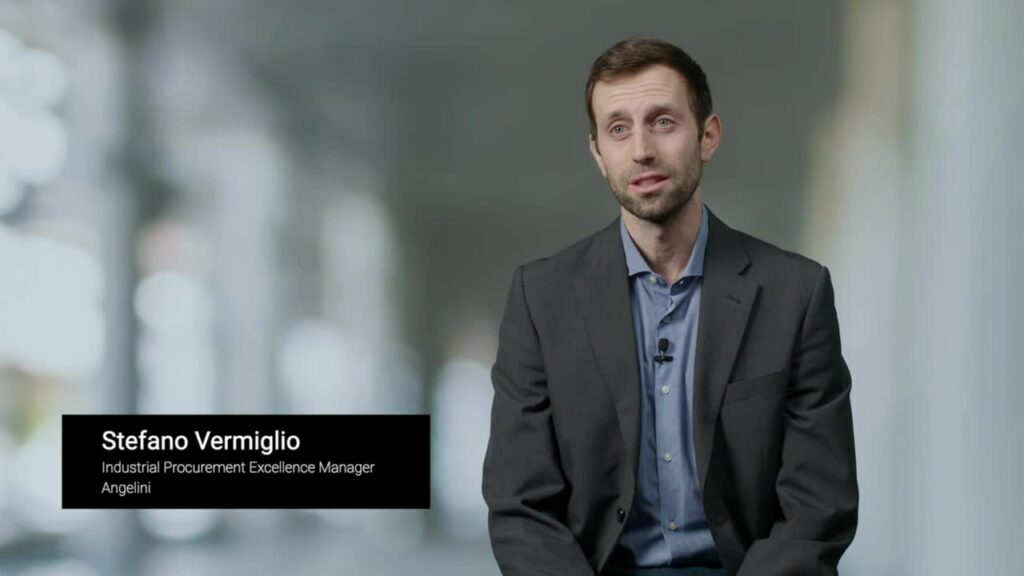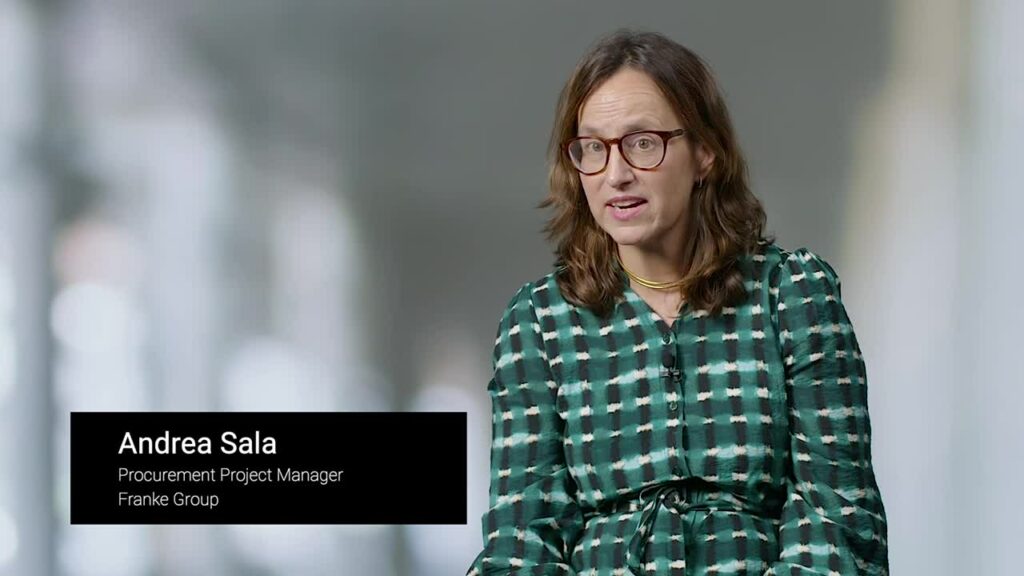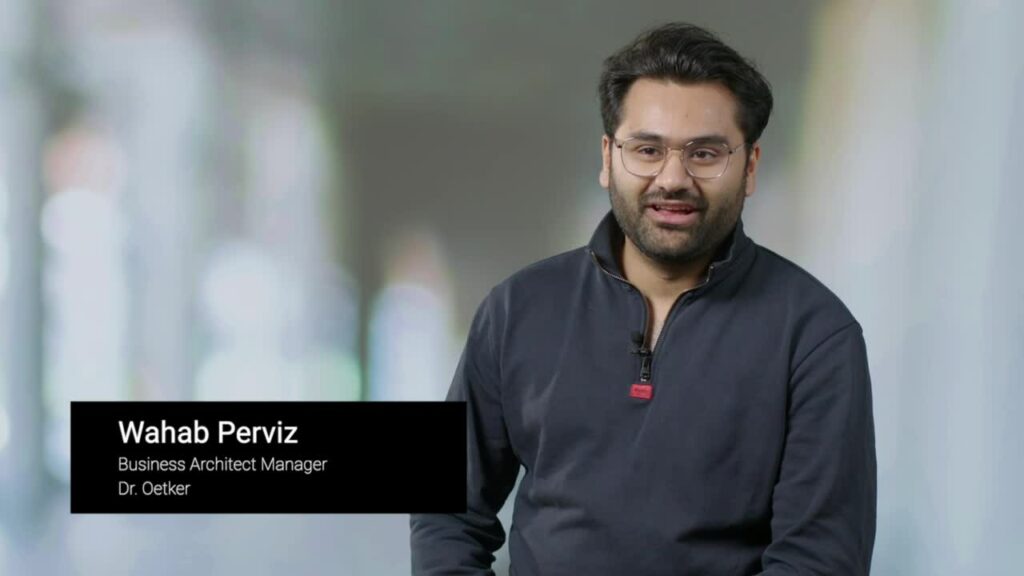Nives Visintin è Quality Data Manager in Lavazza, la marca di caffè nota in tutto il mondo e fondata da Luigi Lavazza a Torino, in Italia, nel 1895. Lavora per Lavazza dal 2003 ed il suo ruolo attuale consiste nel gestire i KPI e le attività IT per il reparto Qualità dell’azienda. Oggi Lavazza è uno dei protagonisti principali nel settore del caffè globale, con un fatturato di € 2,7 miliardi e una presenza in 140 Paesi, con otto stabilimenti di produzione in cinque Paesi e 5.500 dipendenti. È ancora un’impresa familiare, gestita attualmente dalla terza e dalla quarta generazione.
“Questa presenza a livello mondiale è il risultato di un percorso di crescita raggiunto investendo nella ricerca e nell’innovazione e prestando costantemente attenzione ai temi della sostenibilità”, ha affermato Visintin. “Prima di adottare JAGGAER, le attività di procurement venivano gestite in un modo molto tradizionale, con una vasta gamma di strumenti che accedevano ai dati da varie fonti. Il nostro obiettivo era gestire tutte le interazioni con i fornitori mediante un singolo strumento, consentendoci di ottenere dati accurati e di migliorare la trasparenza e la governance dei nostri processi di procurement. Con JAGGAER abbiamo trovato il nostro partner ideale”.
Visintin continua dicendo: “Lavazza ha iniziato il processo di digitalizzazione del procurement nel 2010, con l’attivazione di una soluzione di gestione dei fornitori dall’onboarding alla valutazione delle performance, oltre alla soluzione di sourcing. Oggi la tecnologia di JAGGAER ci supporta nell’intero processo source-to-pay ed è integrata con i sistemi ERP interni e con infoprovider esterni per la valutazione dei rischi finanziari e dei parametri di sostenibilità”.
Lavazza si è spostata passo dopo passo attraverso le categorie di acquisto, iniziando con prodotti finiti e passando all’acquisto di materie prime utilizzate negli stabilimenti e poi ai servizi. Infine, i chicchi di caffè crudi sono stati integrati nella piattaforma JAGGAER nel 2023.
“Sceglierei due parole per descrivere JAGGAER: eccellenza nei dati”, ha concluso Visintin. “Apprezzo la qualità e la leggibilità delle informazioni che otteniamo dalla piattaforma e, insieme al reparto IT, siamo grati per l’architettura della cibersicurezza che protegge i nostri sistemi interni”.




